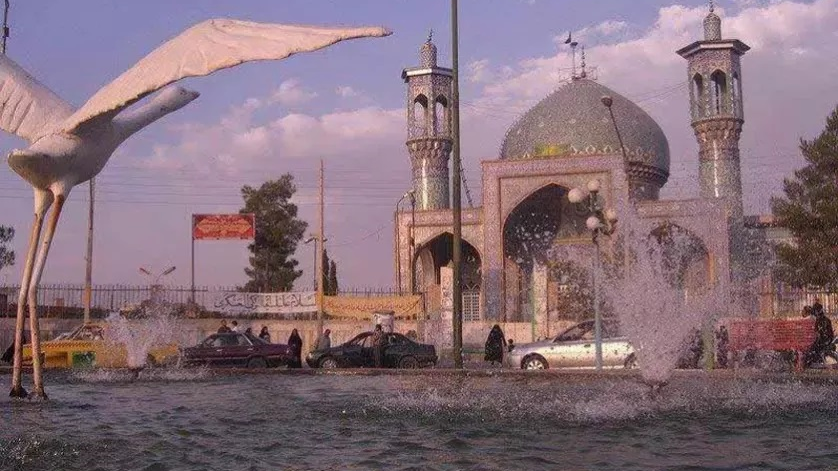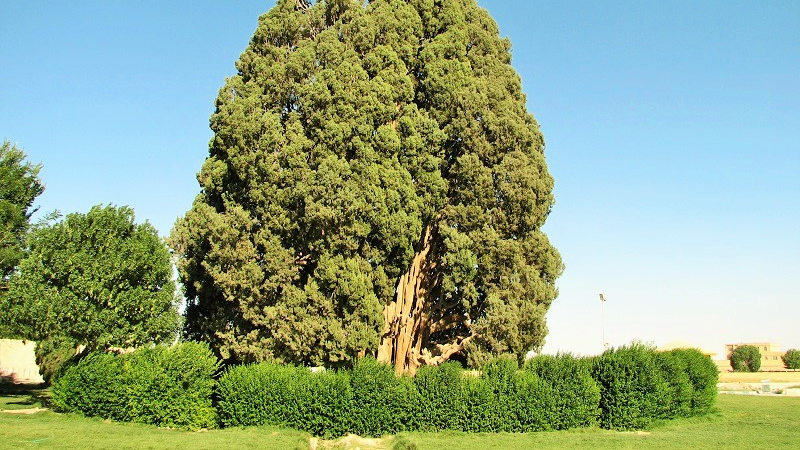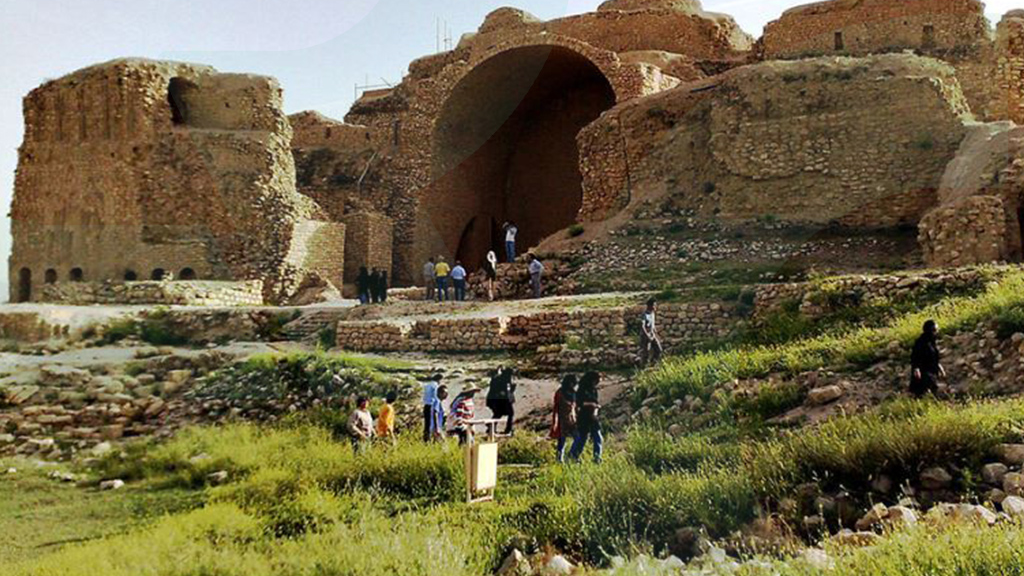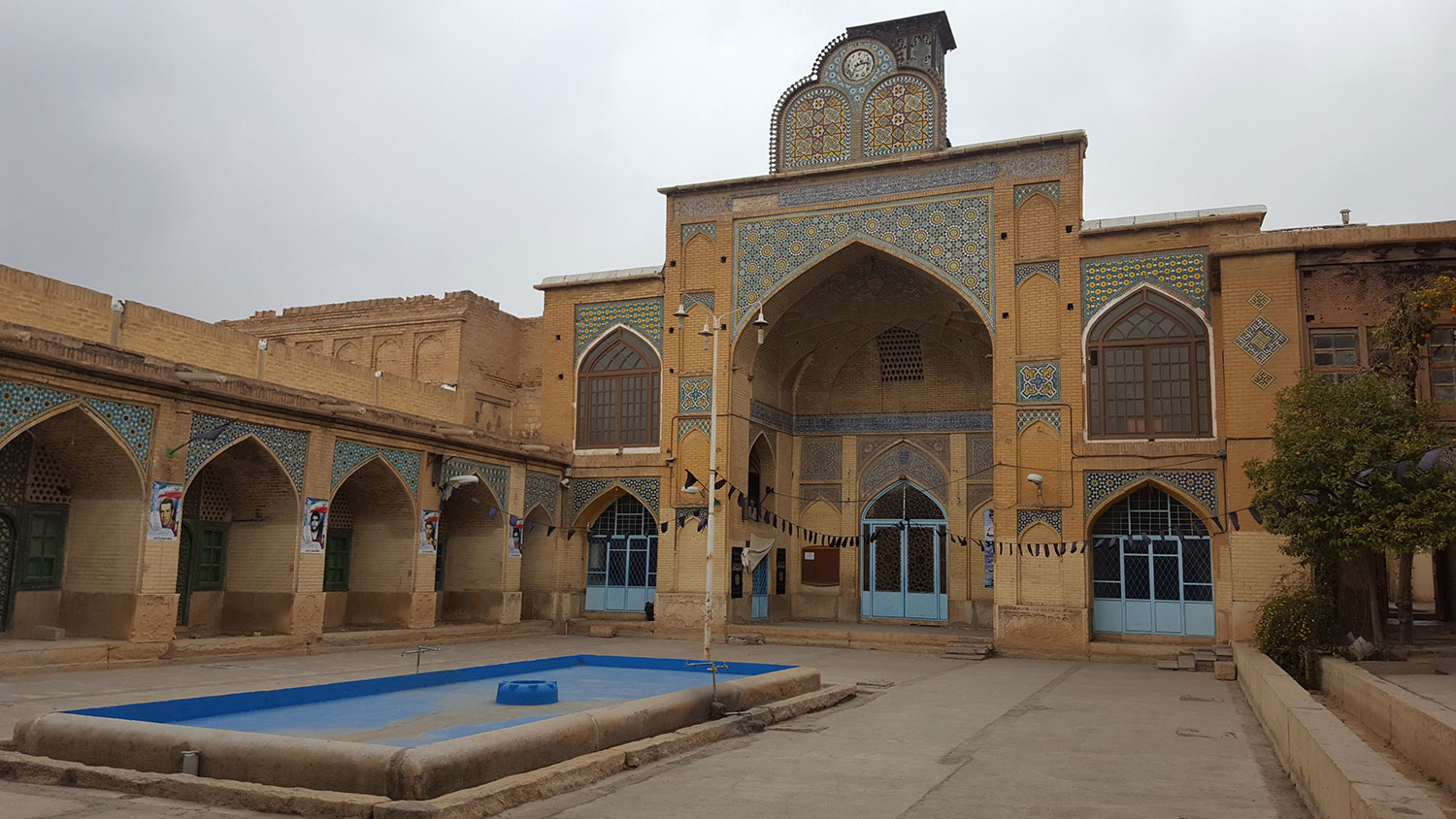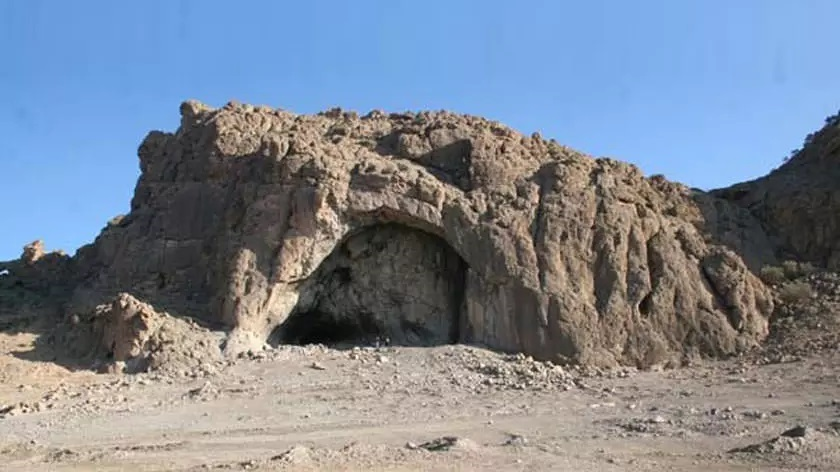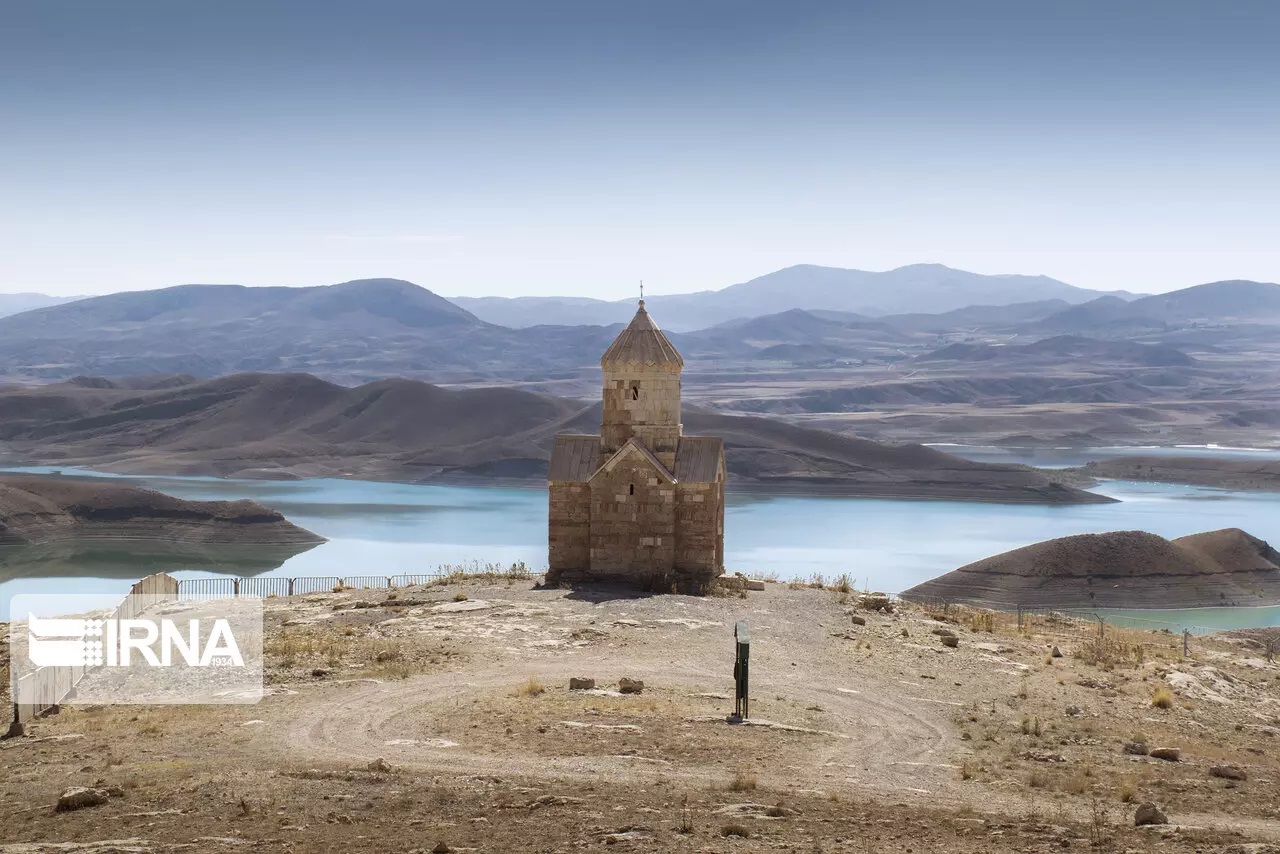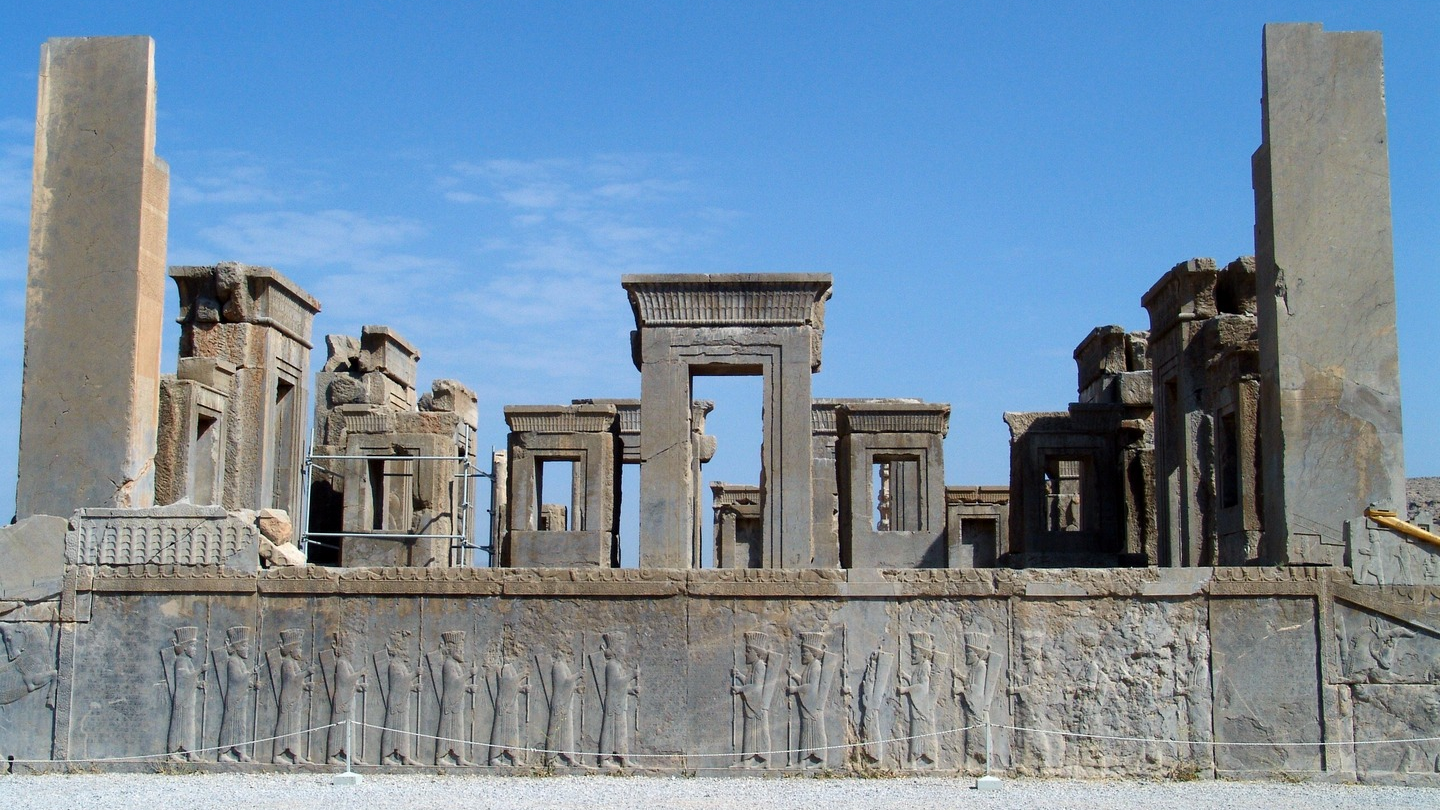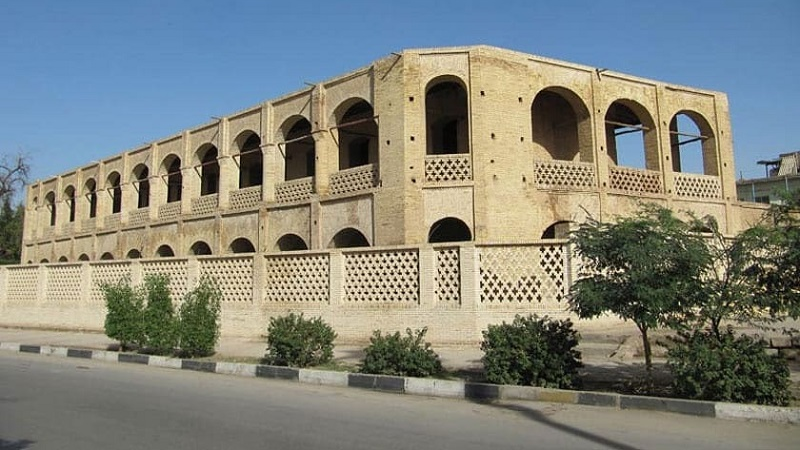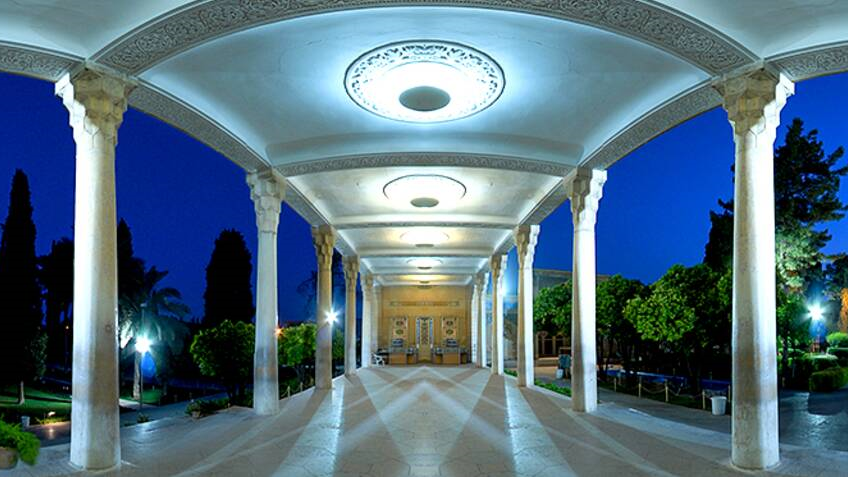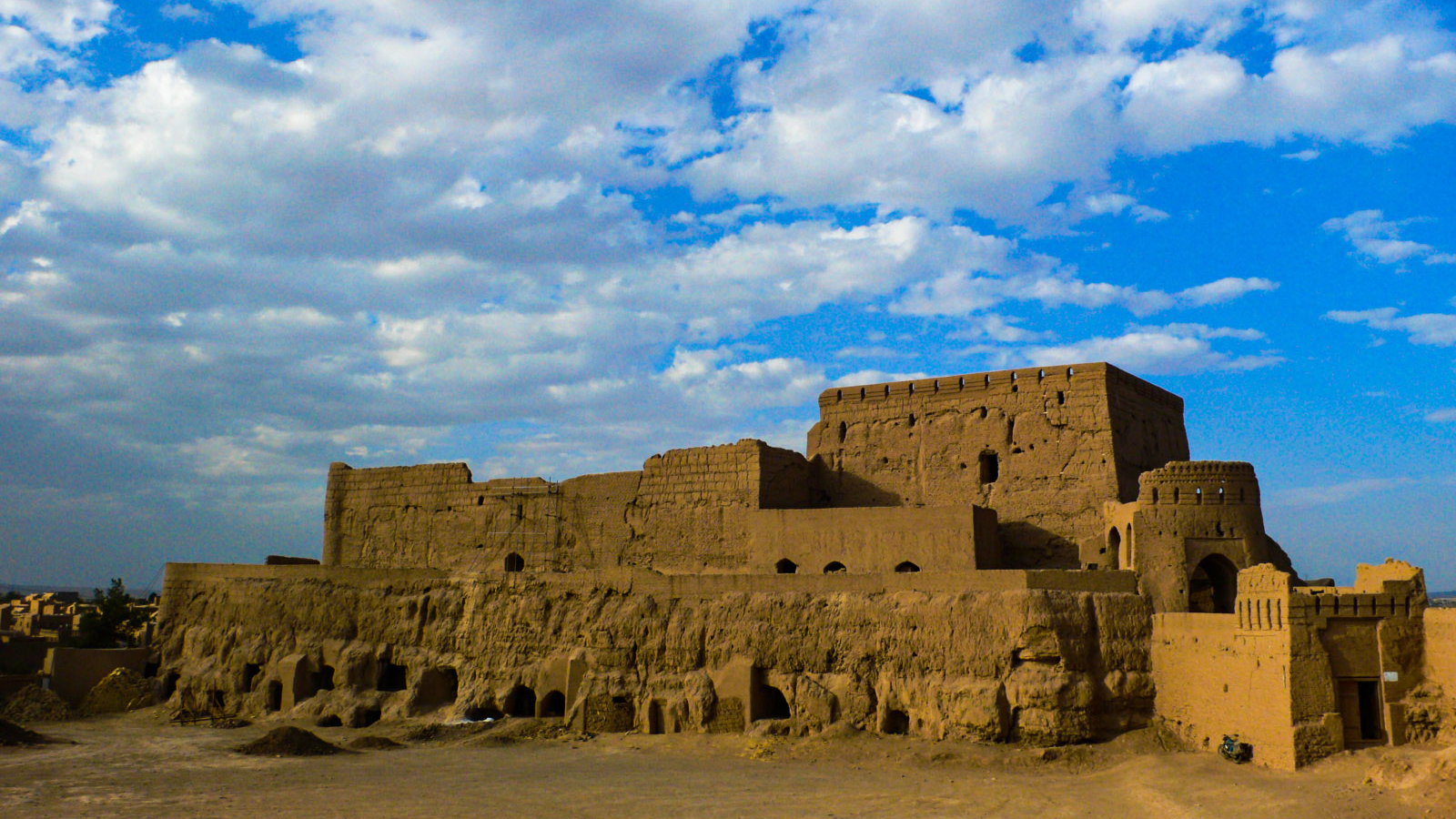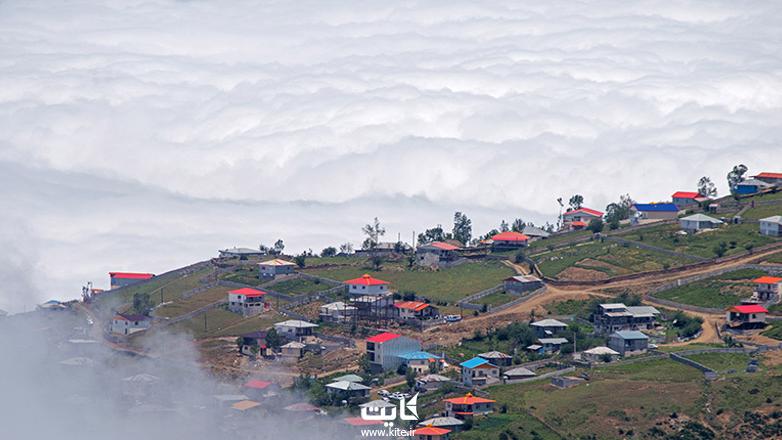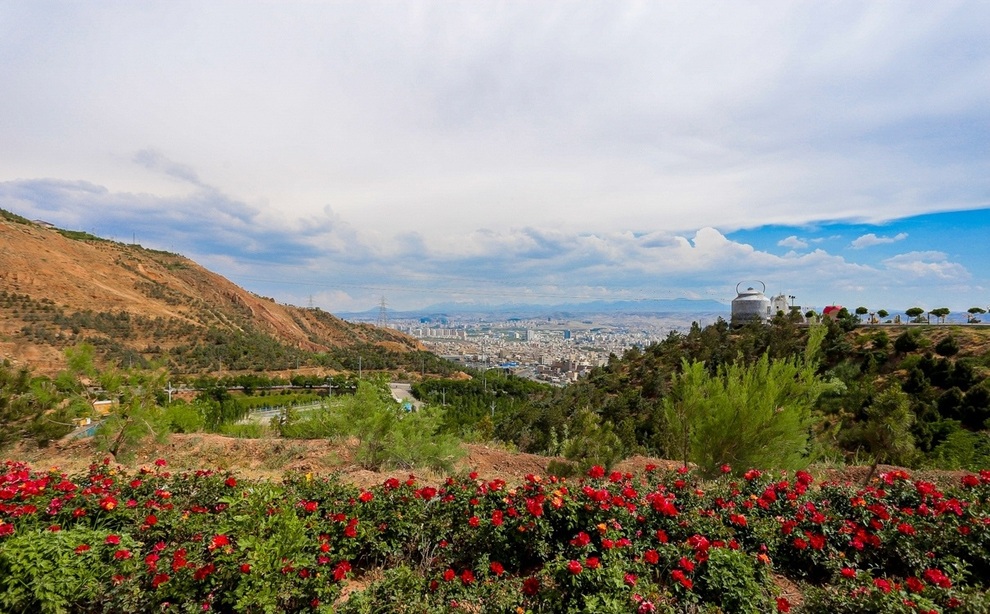
Eshtibin Village: A Showcase of Historical and Natural Beauty
Preserving Rural Heritage: The Example of Eshtibin Village
Until a few centuries ago, when large cities had not yet developed as we see them today, most of the world’s population lived in villages. Due to limited communication and transportation networks, these villages had to meet most of their needs internally. As a result, each village developed its own unique culture, and differences in lifestyle emerged among them. Today, with urbanization and modern connectivity, many of these distinctive rural traits have faded. Yet, there are still villages that have preserved their traditional way of life, making them significant not only historically but also culturally.
In Iran, such villages can be found across various regions and are considered among the country’s most attractive historical and cultural sites. In the northwest of Iran, the geography supports agriculture and animal husbandry—key elements for thriving rural life. Consequently, villages in this region have maintained their pristine character and authenticity. Among them, some stand out as exemplary, such as Eshtibin (Oushtbin) Village.
Features of Eshtibin Village
Eshtibin Village, located in a mountainous region, has a terraced structure, where the courtyard of each house serves as the roof of the house below. The village is believed to have been established during the Safavid period (16th century). Its geographic setting makes Eshtibin one of the most pristine villages in Azerbaijan, surrounded by forests and pastures. Winters are cold, and for a significant part of the year, the village is blanketed in snow. The villagers produce various goods from their agricultural products, including tomato paste, fruit leather, and dried figs. A traditional sweet called “Mianbar” is particularly popular, usually prepared during Yalda Night or the days leading up to Nowruz. Silk production has also been a longstanding craft in the village.
Naming of Eshtibin Village
The village of Eshtibin comprises three settlements: Heras, Siavashan, and Jafarabad. According to some scholars, the village’s name derives from the Turkish word "Osh", meaning "three," and the Tati word "Tabin", meaning "clan" or "tribe." Another interpretation links the name to the three nearby mountains—Kiyamaki, Duste-sha, and Ghazan Dagi. In this view, "Osh" (three) and "Biyin" (middle or center) combine to signify the village’s location “among the three mountains.”
Historical and Cultural Heritage of Eshtibin Village
The Tati dialect is widely spoken among the people of Eshtibin, reflecting the village’s long-standing history. Numerous historical relics can be found here, including an ancient cemetery and inscriptions in Thuluth script dating back to the reigns of Shah Tahmasp and Shah Abbas I of the Safavid era (16th century). One of these inscriptions, located at the tomb of Khajeh Malek Kadkhoda, bears the date 843 AH (1439 CE). Another inscription at the tomb of Khajeh Ahmad shows the date 976 AH (1568 CE). Some gravestones in the Eshtibin cemetery are estimated to be over 800 years old. Interestingly, the village also preserves a historical manuscript written by Mashhadi Mohammad Ali in 1231 AH (1815 CE), further emphasizing Eshtibin’s rich cultural and historical legacy.
Architecture of Eshtibin Village
The village’s stepped layout creates interconnected houses with narrow alleys and numerous stairways. Eshtibin contains old houses that clearly reflect the Qajar-era architecture (19th century). The interior and exterior design of these homes reflects the residents’ standard of living. Each house is organized to suit daily life, typically including a living room, kitchen, bedroom, storage, barn, and occasionally silk-weaving workshops. Houses are built in an east–west orientation to preserve heat more efficiently. Another notable feature of the stepped structure is the presence of balconies, locally called “Artirma.” These balconies shield interiors from excessive sunlight during summer and create a cool, ventilated space inside the homes. Another notable space in the village houses is the “Benehgah” or “Banagah.” This area has no openings except for a skylight at the far end. Typically, it extends to the height of two floors of the building, and a tannur (traditional clay oven) is installed for baking bread. The ceiling of this room is wooden and usually pyramid-shaped, supported by four wooden columns that bear its weight.
Where is Eshtabin Village located?
This scenic and historic village is situated in the Nojeh Mehr Rural District, Siah-Rud District, Jolfa County, along the banks of the Aras River. This river forms the border between Iran, Armenia, and the Republic of Azerbaijan, and is one of the region’s most abundant and fast-flowing rivers. To the east of the village flows the Heras River. About seven kilometers from the village, the Siah-Rud–Khodaafarin border road passes nearby, providing easy access to the area.
National Registration of Eshtabin Village
Eshtabin Village was registered in the National Heritage List of Iran in 2000 CE (1379 SH).
| Name | Eshtibin Village: A Showcase of Historical and Natural Beauty |
| Country | Iran |
| State | East Azerbaijan |
| City | Jolfa |
| Type | Historical |
_crop_2.jpg)
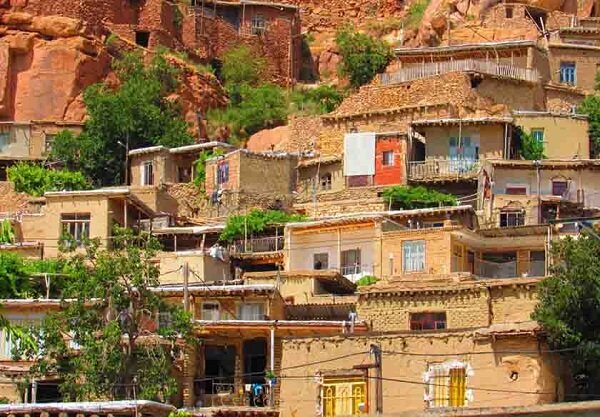
-min_1.jpg)

_crop_2.jpg)

-min_1.jpg)

Choose blindless
Red blindless Green blindless Blue blindless Red hard to see Green hard to see Blue hard to see Monochrome Special MonochromeFont size change:
Change word spacing:
Change line height:
Change mouse type:
